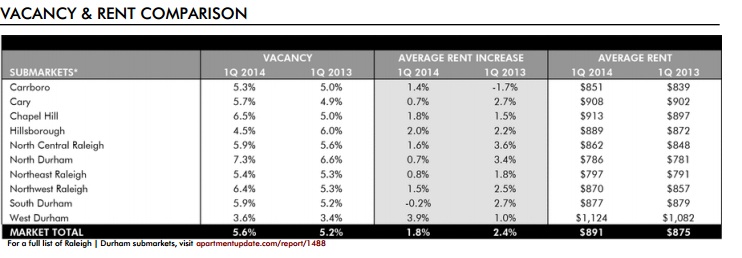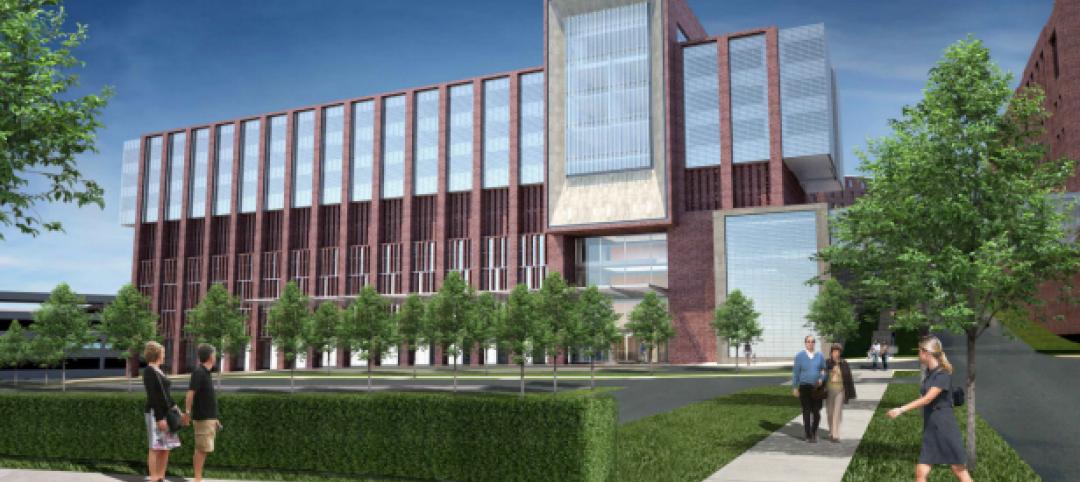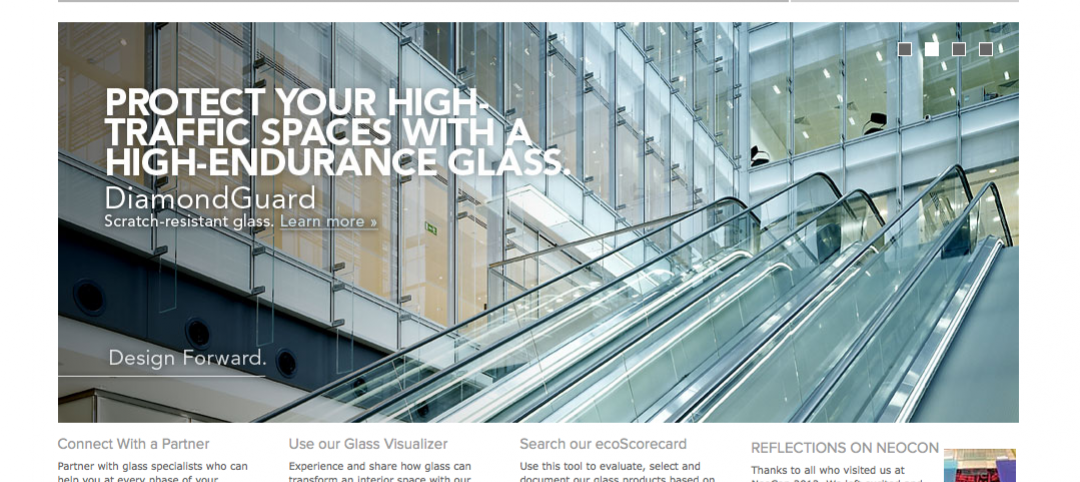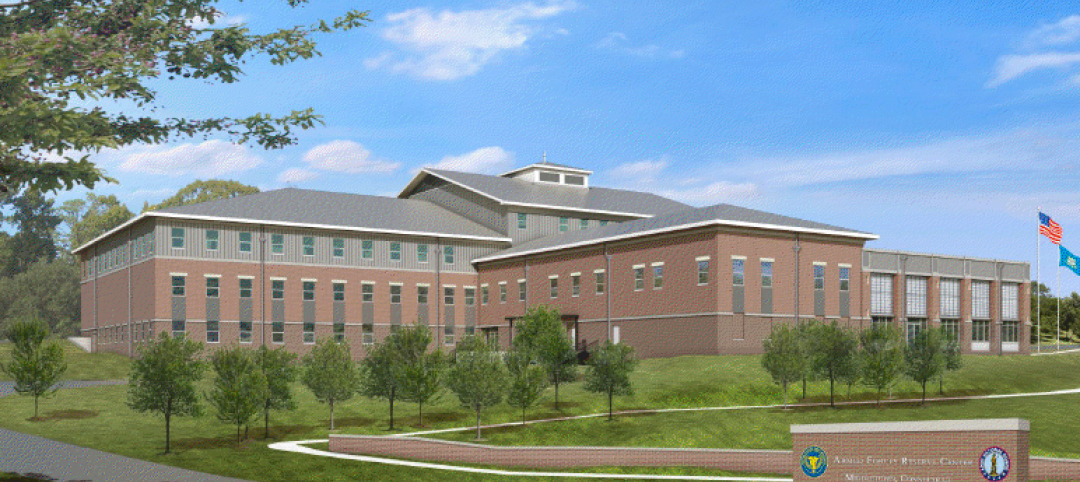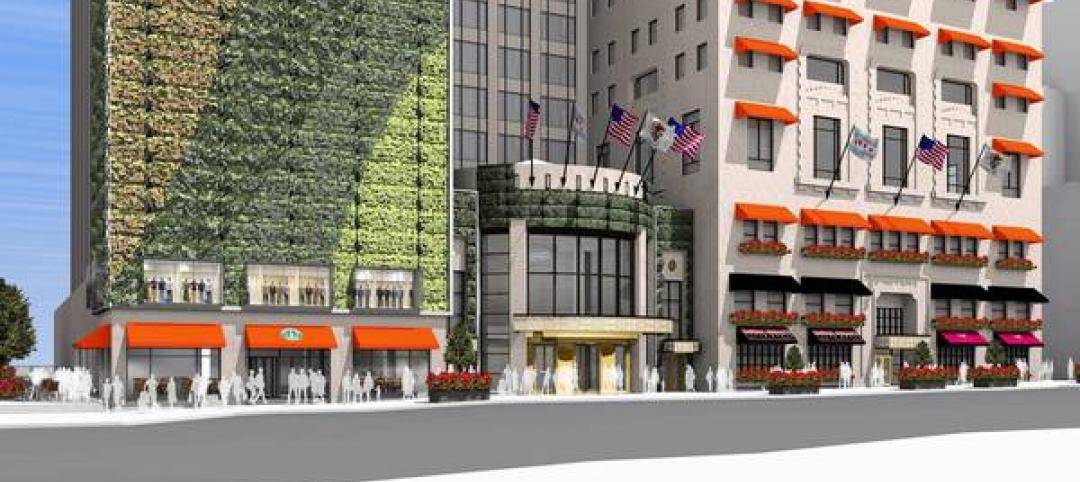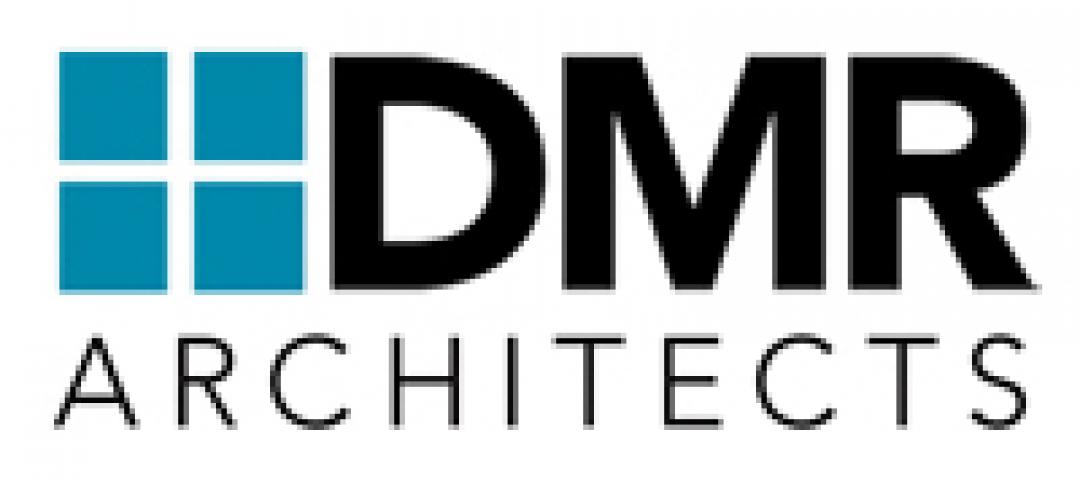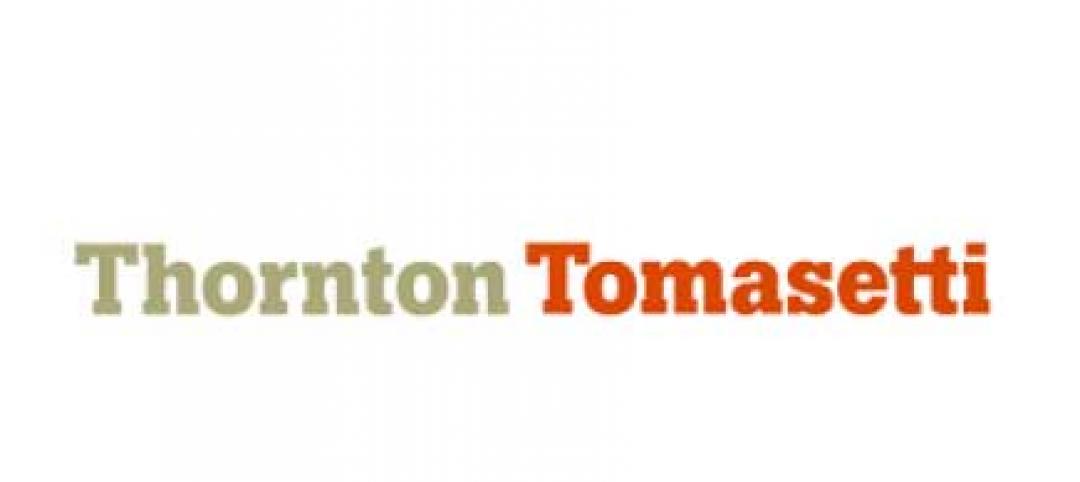The greater Raleigh, N.C., market appears to be getting back on its feet again, which is good news for rental property owners.
Driven by the growth of government expansion and technology companies, the Raleigh-Durham area added 14,400 new jobs in the first half of this year, representing a 1.8% increase over the same period a year earlier, according to a report on the website Commercial Property Executive.
Equally important, the market’s median household income increased by 4.4% to $59,030.
These gains have been a positive impetus for new apartment construction and what owners can charge renters, albeit somewhat counter-intuitively. The number of apartments available has been falling since late 2013. However, completions of new apartments exceed demand, and multifamily permits have increased by 15% since the beginning of the year to an annualized rate of 7,540.
Still, the average monthly rent in the Raleigh-Cary area is up 1.2%, according to new research by Axiometrics. “Job growth continues to be strong, and new household formation is resulting in the absorption of new units,” Jay Denton, Axiometrics’ senior vice president of research and analytics, told the Triangle Business Journal.
The average rents for apartment communities open at least a year was $920 per month in the third quarter, compared to $899 in the same quarter in 2013, according to Axiometrics.
Related Stories
| Jun 29, 2012
SOM writes a new chapter at Cincinnati’s The Christ Hospital
The 332,000–sf design draws on the predominantly red brick character of The Christ Hospital’s existing buildings, interpreting it in a fresh and contemporary manner that fits well within the historic Mt. Auburn neighborhood while reflecting the institution’s dedication to experience, efficiency, flexibility, innovation and brand.
| Jun 29, 2012
Benjamin Moore Paints announces new CEO
Robert S. Merritt comes to Benjamin Moore with over three decades of management experience in the restaurant and food preparation and distribution industries
| Jun 29, 2012
Guardian launches industry’s first glass visualizer for interior design
Online tool allows designers to explore the possibilities of glass.
| Jun 28, 2012
Federal applications of renewable energy
U.S. Army Fort Knox: Using the Earth for space heating and cooling. The U.S. Department of Energy’s (DOE) Federal Energy Management Program (FEMP) facilitates the Federal Government’s implementation of sound, cost-effective energy management and investment practices to enhance the nation’s energy security and environmental stewardship.
| Jun 27, 2012
HDR opens office in Beijing
The Beijing office is HDR’s second location in China; the firm’s other office is in Shanghai.
| Jun 27, 2012
KBE Building wins honor for Armed Forces Reserve Center
The construction phase was completed in just 16 months.
| Jun 27, 2012
SOM’s Baker receives honorary doctorate in engineering from Heriot-Watt University
Baker recognized for his career and influential contribution in the field of structural engineering.
| Jun 25, 2012
Living green wall planned for InterContinental Chicago
Project, with price tag of $2 million to $3 million, needs council approval.
| Jun 25, 2012
AIA-NJ honors DMR Architects
The academic building, completed in 2009, provides classrooms, computer labs, faculty offices, and meeting spaces for the College, which has a steady 7% annual increase in enrollment.
| Jun 25, 2012
Thornton Tomasetti appoints Hofmeister and Zhu to board of directors
The addition of Hofmeister and Zhu brings the number of directors to 10.


